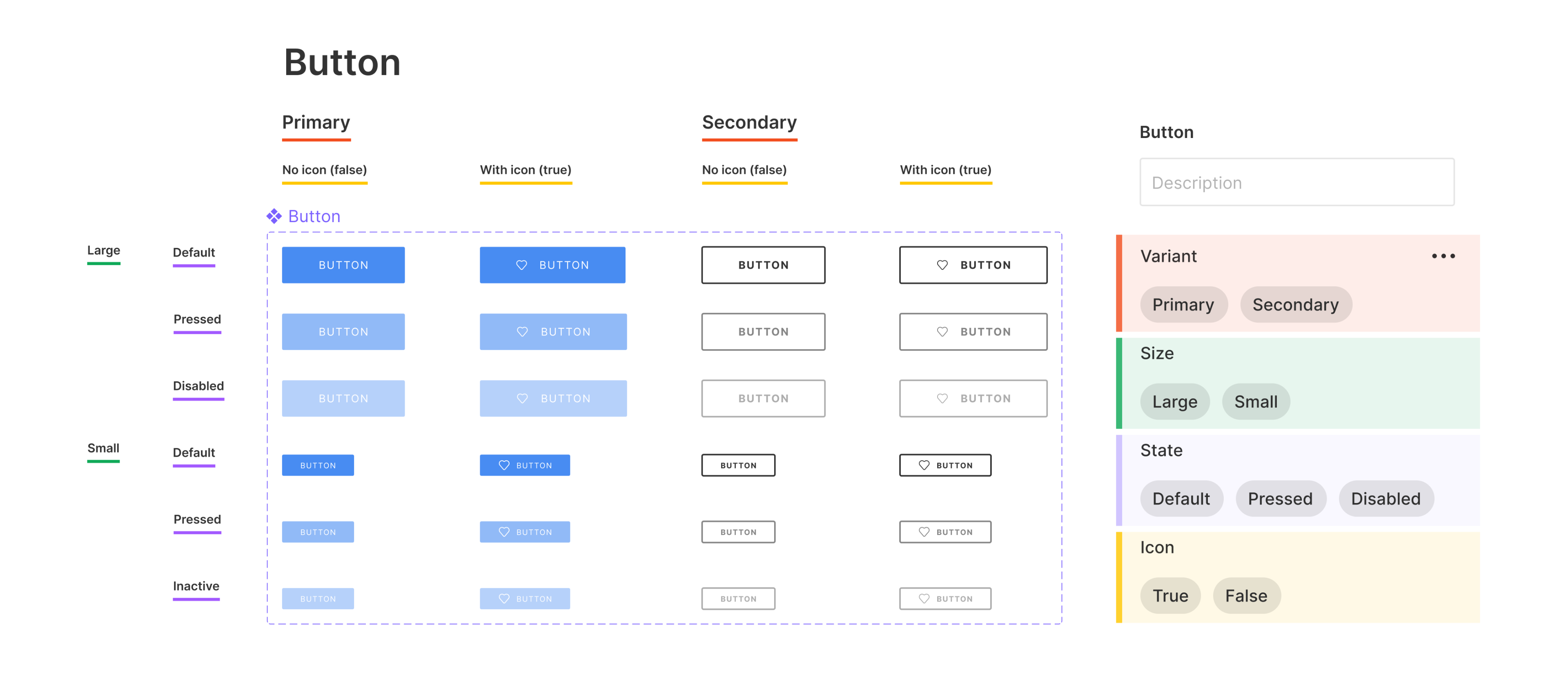

In this example, I'm creating a new page called "Components" and then selecting them + moving them to the "Components" page so that they're not in the way of the design. Now is a good time to clean up your file a bit. Organize Your File to Clean It Up a Bit + Copy and Paste Under "Interactions," use the same settings as above.Ĥ. To do this, simply select the "checked" box and hold down + drag the dot to the "unchecked" box. Now, you'll want to create a reverse interaction so that you'll also be able to "uncheck" the box back to its empty state. And from the drop-down, choose "Smart animate." Then, from the "Prototype" tab, click "On click" as the interaction type. Create Your Links/InteractionsĪfter that, select the dot on the component you want to link, and drag it to the next step (it will display an arrow showing you the link). Combine As VariantsĪfter that, select "Combine as variants" from the righthand panel. Next, select both of them and create them into multiple components. So, let's start with a basic checkbox example.įirst, create two different checkboxes: one for "checked," and the other for "unchecked." If you want to play along, here's a template to get you started. Oh, and I encourage you to follow along and try it out yourself! It's the best way to learn and get firsthand experience right away. If you prefer to learn by doing, then this tutorial's for you.Ĭontinue reading for the full tutorial. You know what they say: the best way to learn something new is to just dive in. Interactive Components Prototype Tutorial & Example Plus, it helps you cut back on a lot of that back-and-forth, and overall helps you better communicate your ideas to developers, your boss, and other stakeholders.Īnd it is changing the way we interact with prototypes completely. That way, people will be able to see firsthand how your design is supposed to work. Well, it's an awesome way to bring life to your prototypes.īasically, it lets you create real-life interactions between your components.įor example, if you have a button, you'll be able to click it and therefore show the normal, hover, and pressed states as though it is really happening (in real-time) when presenting your prototype. You may be wondering: why use this feature? What does it do, exactly?

What it Does for Your Designs: Bringing Life to Your UI That's right, at least as of today, you'll want to make sure any and all members of your team have filled out the form. Just be extra doubly sure that you applied for yourself AND all members of your team to ensure you can all access it ASAP. In other words, you won't need to wait much longer. If you're feeling impatient, don't worry! Rest assured, you'll get access pretty quickly once you've applied.Īccording to their team, as of March 1, 2021, it was taking up to a couple of days to get approved for early access. So, what kind of timeline can you expect? Simply fill out your details (it's a quick form) and their team will be in touch. You can check out the link they shared here. So, what's the best way to signup for early access? If you're wondering about the official release date, a specific date has not yet been announced.īut not to worry: you can apply to join the beta in the meantime and start using it even sooner! Have you been wanting answers about Figma interactive components? In this post, I'll discuss details around: What they are, how to use them (tutorial + prototype example), and how to get involved in the beta to get early access.


 0 kommentar(er)
0 kommentar(er)
